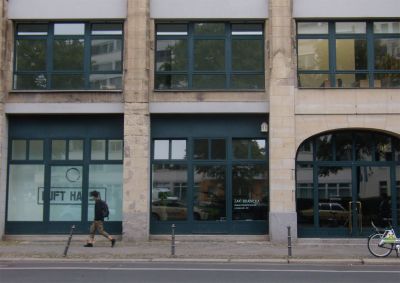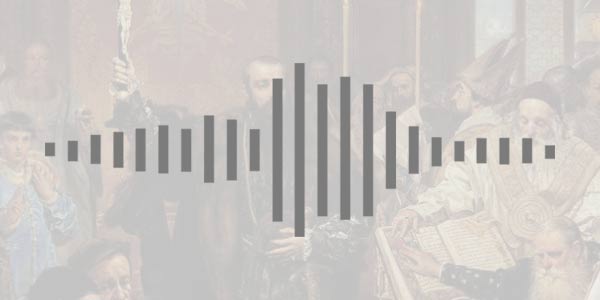Gallery ŻAK | BRANICKA, Berlin

The gallery still represents a number of these artists today. “We are a mid-sized gallery with a limited number of artists, explains Branicka: “We offer more challenging art, exhibit artists who can offer specific viewpoints and questions. Our collectors already possess a good deal of knowledge and wish to extend this knowledge. Museums also wish to fill in their gaps.” Some museums in Western countries, including the Tate Gallery in London, the Centre Pompidou in Paris, and MoMa in New York suddenly realised that they had missed out on 40 or 50 years of developments in Eastern European art, and there were huge gaps in their collections. Now they are building up special departments to include them. But according to Branicka, most people interested in art think that Polish art first began to exist after the fall of the Wall. Of course this is nonsense. Zofia Kulik, Józef Robakowski, Ryszard Wasko and many other artists were then already working as the second-generation of Polish avant-garde. By contrast with most artists from East Germany almost all of them were able to travel to the West. True, young artists like Kudlicka and Stachon would often draw their inspiration from the first generation of Polish avant-garde in the 1920s and 30s. Nonetheless the high quality of their work allowed them to participate in the international art market without a problem. Writings on art history and Poland have also long since reached an international level. The upshot is that we are all now able to reformulate the history of art in central Europe together. Branicka adds: “Furthermore our collectors are international. They do not specialise in Polish art but collect conceptual and contemporary art in general.”
A book edited by the ŻAK | BRANICKA Foundation and published by Hatje Cantz in 2011 is living proof that Polish art is arousing considerable international attention. “Polish! Contemporary Art from Poland” has more than 300 pages and contains articles on one of two artists by around thirty international curators, including Dieter Roelstrate, Angelika Stepken and Christoph Tannert. Almost all the above-mentioned artists are included, but also Paweł Althamer, Agnieszka Brzeżańska, Sławomir Elsner, Alicja Kwade, Marcin Maciejowski, Anna Molska, Monika Sosnowska, Piotr Uklański and Artur Żmijewski, to name but a few. In her introductory essay the artist historian and former director of the Warsaw Zachęta gallery, Anda Rottenberg, points out that, as a reaction to a number of stages of political repression and indoctrination there was a lively development of high-quality work in all areas of pictorial art, literature, music and theatre, which was completely ignored in the West. According to Rottenberg, after the war all the significant Polish artists were fully conscious of their significance in the development of global values.





































